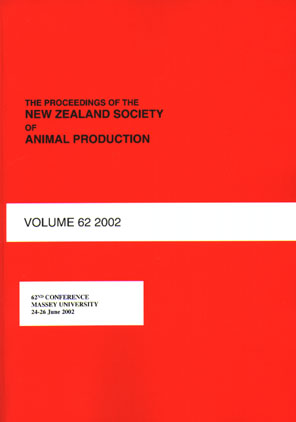Abstract
Feral ferrets (Mustela furo) are a serious pest of agricultural importance because they transmit bovine tuberculosis (Mycobacterium bovis ; Tb) to domestic livestock. They therefore pose a significant risk to New Zealand’s international trade in dairy, beef and venison products The most likely route of infection to ferrets is oral, through killing and eating infected prey or scavenging infected carrion (particularly possums). Indeed, the prevalence of Tb in ferrets is positively correlated with possum abundance and infected possums. Male ferrets have a higher prevalence of Tb than females, and adult ferrets have higher prevalence than juveniles. It is still not clear whether Tb can cycle independently in feral ferrets in the absence of external (non-ferret) sources of infection (i.e., “maintenance hosts”) or whether the disease is simply “spillover” infection from other wildlife populations (predominantly possums). Available evidence suggests that ferrets are more likely to be spillover than maintenance hosts in most habitats in New Zealand. However, several aspects of the epidemiology of Tb in feral ferrets, and the ecology of feral ferrets, need to be investigated in order to resolve this debate.
Proceedings of the New Zealand Society of Animal Production, Volume 61, Christchurch, 60-63, 2001
| Download Full PDF | BibTEX Citation | Endnote Citation | Search the Proceedings |

This work is licensed under a Creative Commons Attribution-NonCommercial-NoDerivatives 4.0 International License.

